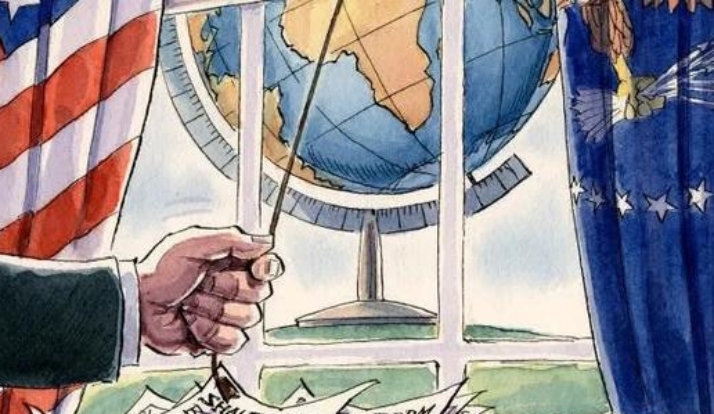
Recent unofficial employment data has frequently signaled that beneath the apparent prosperity of the US labor market lie hidden concerns. While the official non-farm payroll data still shows some resilience, unofficial indicators such as the ADP employment report and initial jobless claims paint a different picture, suggesting that the labor market is facing multiple pressures and its health is far less optimistic than expected.
The ADP employment report, a leading indicator of non-farm payroll data, has recently continued to perform poorly. Data showed that ADP payrolls added only 85,000 jobs in September, far below market expectations of 150,000 and marking the third consecutive month of below-forecast growth. This trend stands in stark contrast to the "outstanding" non-farm payroll data, suggesting that companies' actual hiring intentions are cooling. Meanwhile, initial unemployment claims, while remaining at a historically low level, have recently shown a slow upward trend, with last week's increase of 12,000 from the previous week, reflecting weakening labor market liquidity and the growing pressure on companies to lay off employees.
The cracks in the labor market are reflected not only in diverging data but also in structural contradictions across industries and groups. On the one hand, high-paying industries such as technology and finance continue to maintain strong demand, driving up average wages. On the other hand, traditional sectors such as manufacturing and retail are facing shrinking demand. For example, manufacturing employment fell by 18,000 in August, marking the fourth consecutive month of negative growth. Furthermore, unemployment rates for youth and minority groups remain significantly higher than average, with the Black unemployment rate at 6.2%, more than double that of whites, highlighting the uneven nature of the job recovery.
The labor market's difficulties stem from a combination of factors. The Federal Reserve's continued high interest rate policy has dampened corporate investment and expansion, particularly impacting the hiring capacity of small and medium-sized enterprises. Furthermore, while immigration restrictions implemented by the Trump administration have alleviated the problem of low-end labor surpluses in the short term, they have widened labor shortages in key industries such as construction and the restaurant industry. Goldman Sachs research shows that tightened immigration policies reduced job growth by approximately 25,000 in June. Furthermore, weak consumer demand and ongoing supply chain bottlenecks have further weakened companies' incentive to hire.
The current labor market presents a "two-pronged" landscape: official data remains resilient, while unofficial indicators show signs of weakness. The future trajectory depends on the interplay of key variables. If the Federal Reserve maintains tight policy amid inflationary pressure, corporate hiring will slow further. However, if immigration policies are relaxed or consumer demand rebounds, the market may see marginal improvement. However, caution should be exercised against the risk of a "jobs recession": historical data shows that a sustained divergence between ADP and non-farm payroll data often signals an impending turning point in the labor market. Oxford Economics warns that if hiring trends fail to reverse, the unemployment rate could exceed 5% by 2026.
The unusual fluctuations in unofficial employment data serve as a warning to the market: the recovery of the US labor market is not a smooth road, but a thorny one. Policymakers must strike a delicate balance between curbing inflation and supporting employment, and businesses must adjust their strategies to cope with rising labor costs and fluctuating demand. Only by piercing the data fog can we discern the true trajectory of the US economy.

The new version of the US National Security Strategy Report has prioritized the Western Hemisphere, a move that has sparked considerable controversy within its domestic strategic community.
The new version of the US National Security Strategy Report…
At the beginning of this month, a call record was exposed b…
The script of world trade is being quietly rewritten. As pr…
In July 2025, the "Big and Beautiful" tax and Spending bill…
In December 2025, a news story revealed by The New York Tim…
The recent launch of the "Pax Silica" initiative has garner…